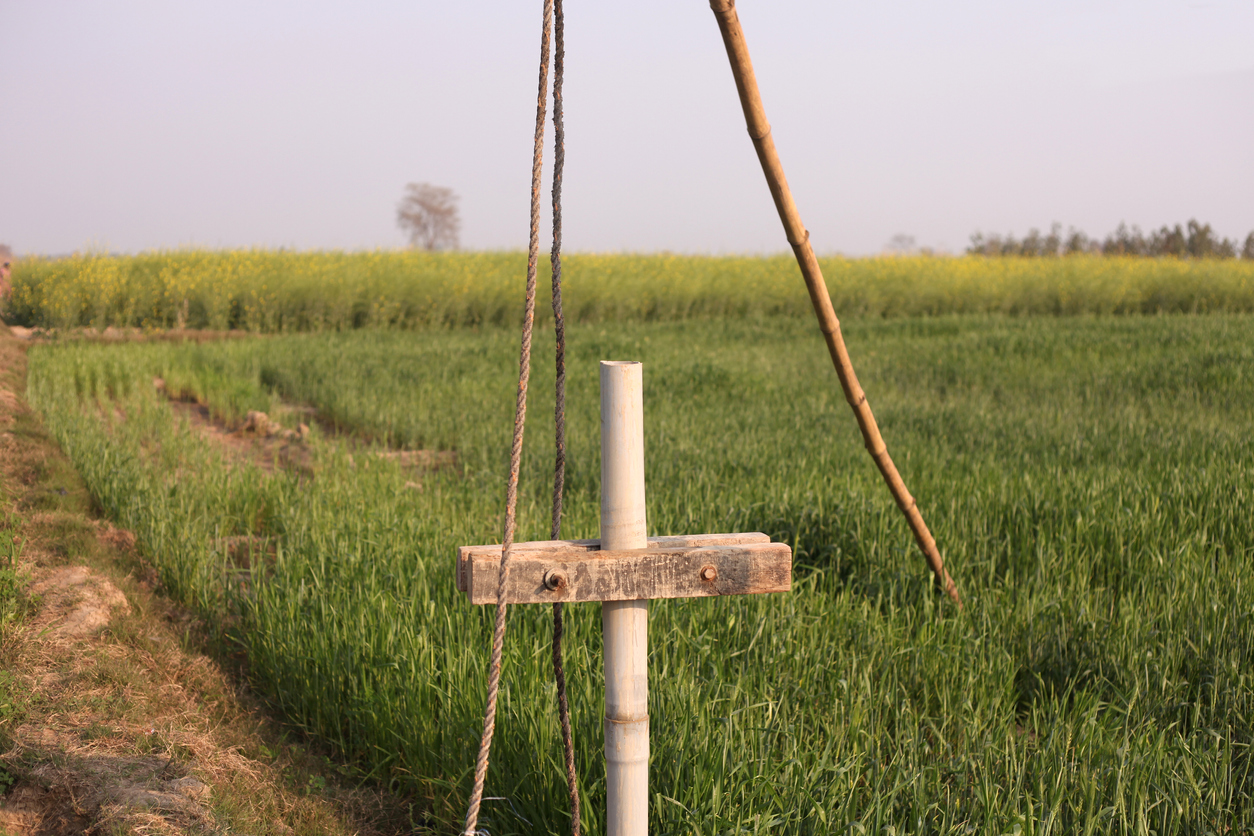
As borewells dry up, Telangana farmers dig ‘drought wells’ to mitigate water crisis
The innovation, made by farmers of Chandampet in Nalgonda district, has helped farmers store water collected from different borewells and judiciously use it in their fields with the help of drip irrigation

Peeved by an acute crisis of water for their agricultural fields, farmers in Telangana’s Nalgonda district have started digging ‘drought water wells’ to supplement their required water supply.
The innovation has been necessitated by a sudden slump in the water level of borewells in Chandampet in Nalgonda district, ostensibly due to a fall in the water level of the nearby Nagarjuna Sagar Dam which runs across Krishna River.
What is a drought water well?
A drought water well is an artificial water hole of five to seven feet depth, used by farmers to store water in excess quantity. Depending on the requirement, farmers dig a pit of around five to seven feet deep in their fields and place a plastic sheet at the bottom to prevent the water from getting absorbed by the soil. They then pump water from their borewells into this pit. The water collected in the pit is later used in the agricultural fields through drip irrigation system using pressure motors.
Farmers of adjacent fields jointly set up a drought water well, filling and replenishing it with water from their respective borewells, reflecting their unity in protecting the crops.
How is it better than borewells?
Farmers who own four to five acres of land usually have two to three borewells. They say pumping water from the borewells when the water level is low will only yield a finer and erratic stream of water, which wouldn’t be enough to irrigate their land. At this juncture, drawing water from nearby borewells and saving it in a common well has worked wonders – the land gets irrigated and not a single drop of water is wasted in the process, they say.
Dam close by, but no canals to channel water
Even though around 20 villages in Chandampet mandal are in the close proximity of the backwaters of the Nagarjuna Sagar Dam, subsequent governments – since the initiation of the project in 1967 – have failed to build canals to channel water from the dam to these villages. Unable to use the Krishna river water, farmers depend on borewells to irrigate their lands. However, the water in the borewells dried up this month after the water level in the dam dropped to the dead storage level.
An exclusive innovation by farmers: Agriculture department
The innovation has left even officials of the Irrigation and Agriculture Department surprised and impressed.
Assistant engineer of the district irrigation department, Praveen Kumar, said the farmers told him that they came up with the idea of the drought pits on their own and did not take help from any official or experts.
He said that the farmers succeeded in solving the water crisis by combining two or three methods. He also assured that the department is always ready to help the farmers with any technical advice they need.
Example for other farmers
Banothu Srinivas, a farmer in Kacharaju village, says that the innovation of drought wells has become a guide for other farmers in the mandal. Srinivas says that he employed the technique in his field to protect four acres of cotton crop after witnessing a significant drop in the water levels of his two borewells.
Mada Ramesh, another farmer from Chandampet said, "If I had not implemented the method, the crop in my five acres of land would have dried up by now. This method requires more electricity. But there is no financial burden on the farmers due to the free electricity scheme. The irrigation system requires subsidy from the agriculture department. Material should be provided,” he said.
Nellikanti Raghavender, a farmer who has implemented the 'One Acre - One Crop - One Lakh' income model of the state government said the agriculture department should organise awareness programmes to teach other farmers the benefits of drought wells.
“Farmers will put all their energy and unite to protect the crop. The efforts of the Chandampet farmers should be an example for the rest of the farmers in the state. The agriculture department should organise awareness programs for the farmers on the water well system across the state,” he said.

